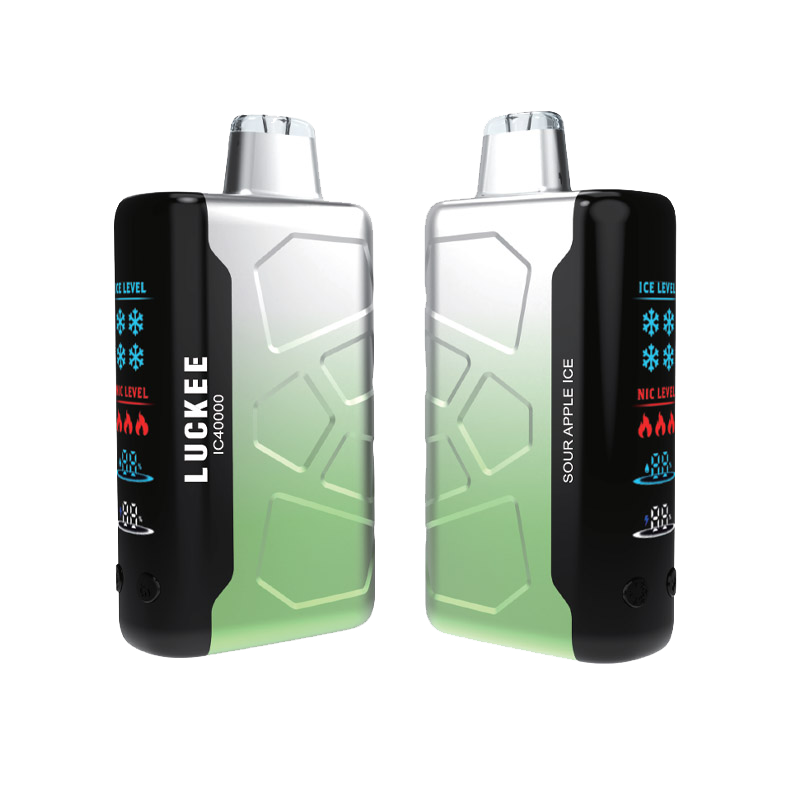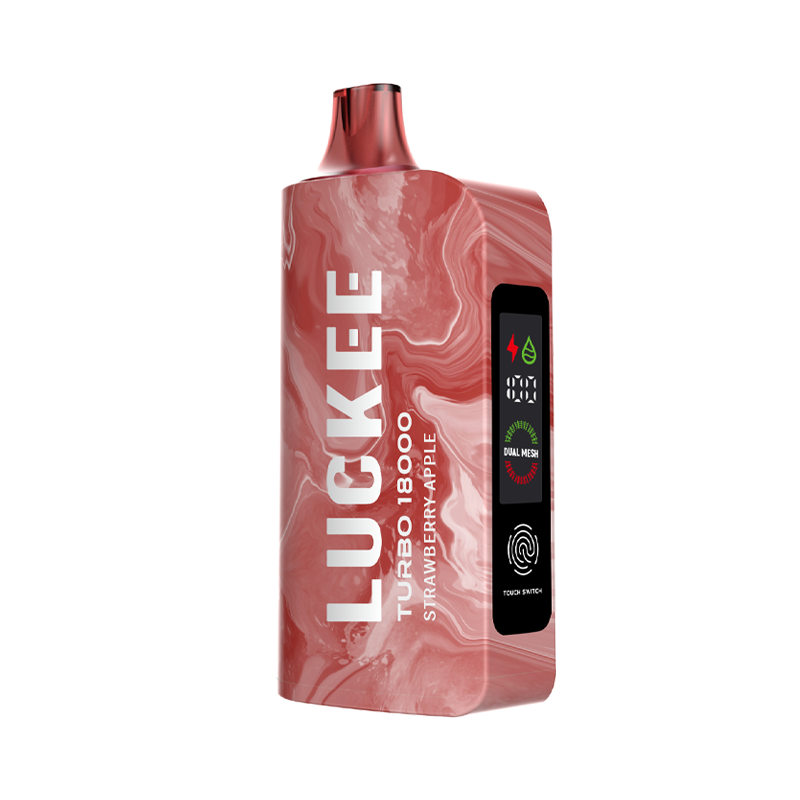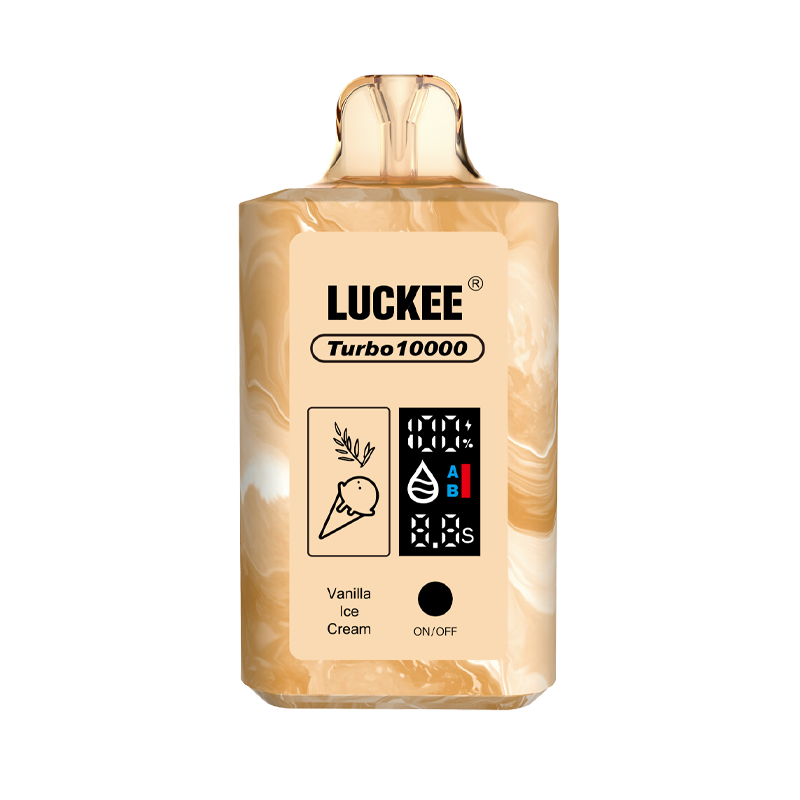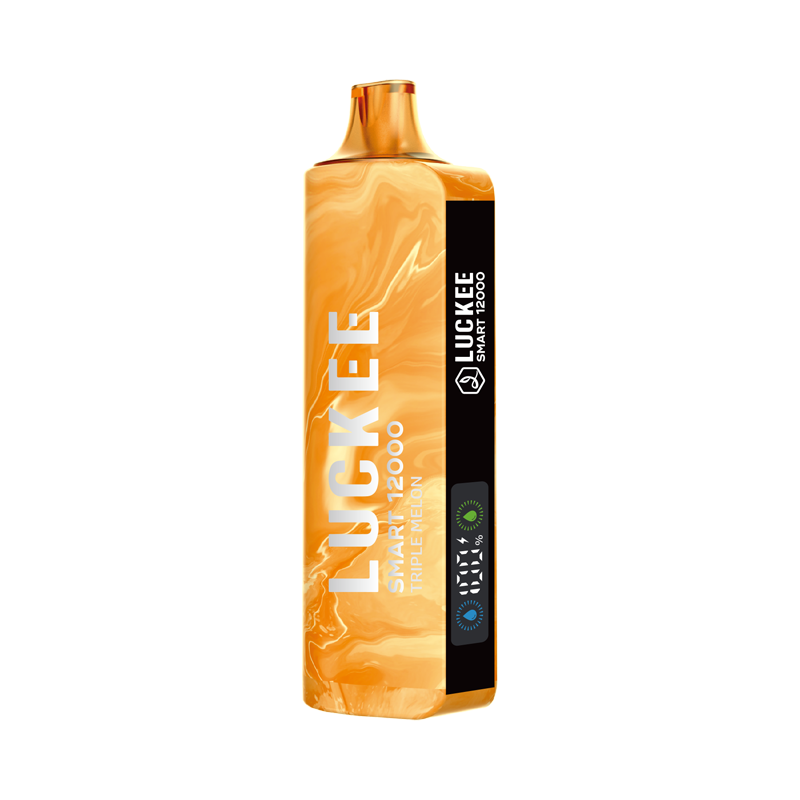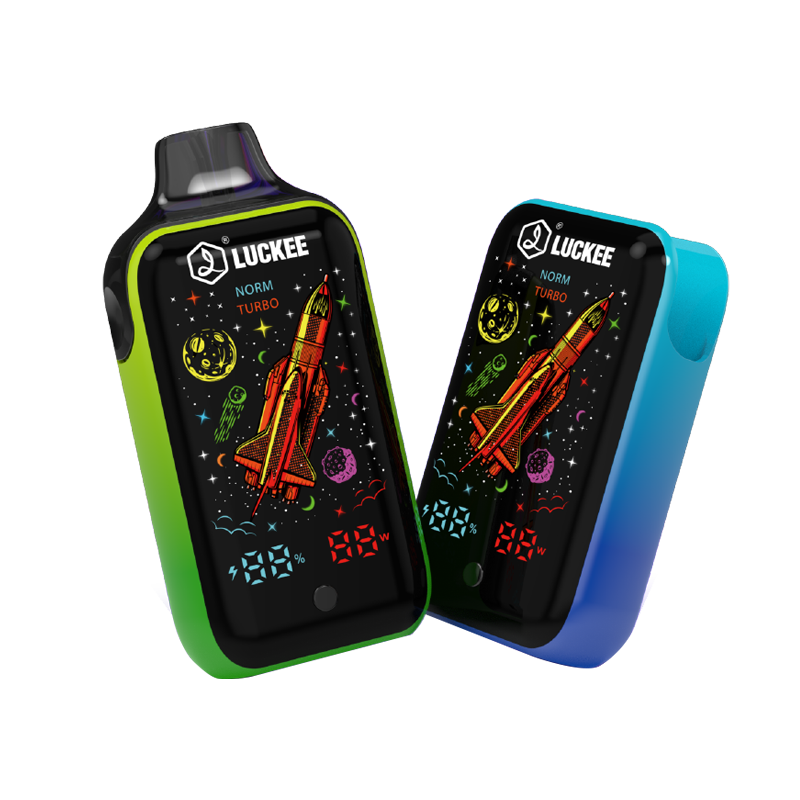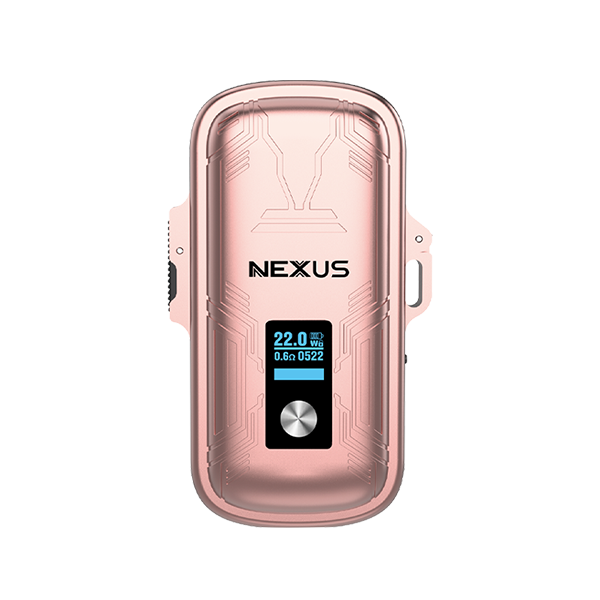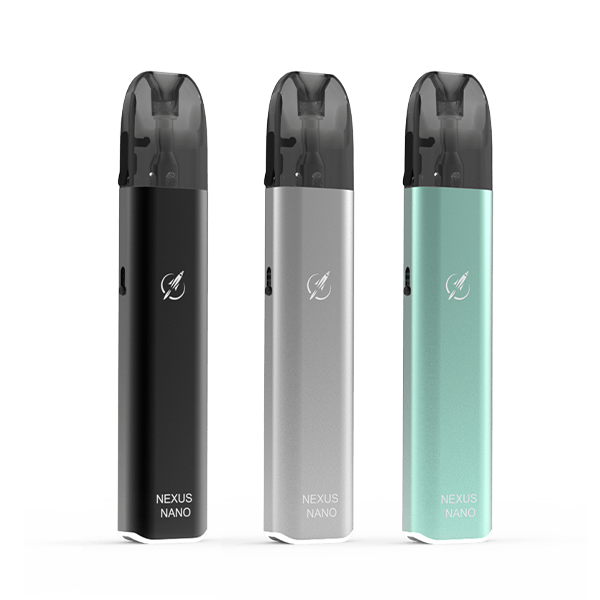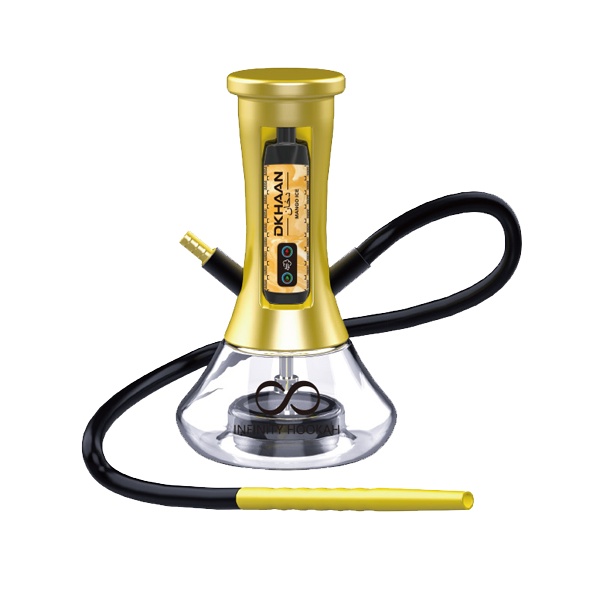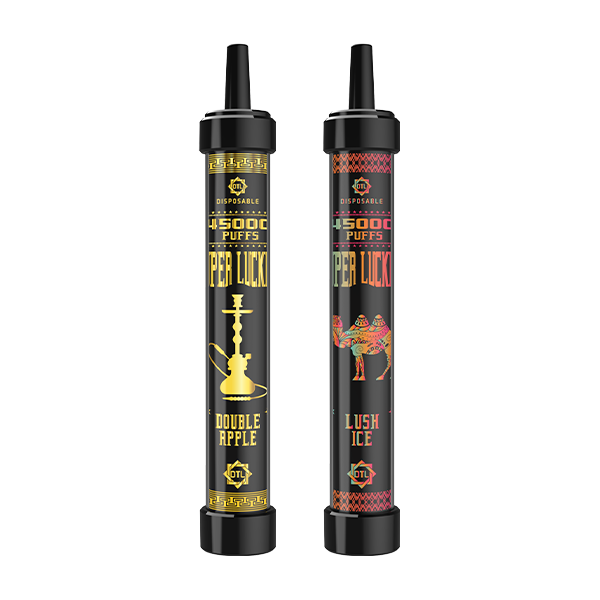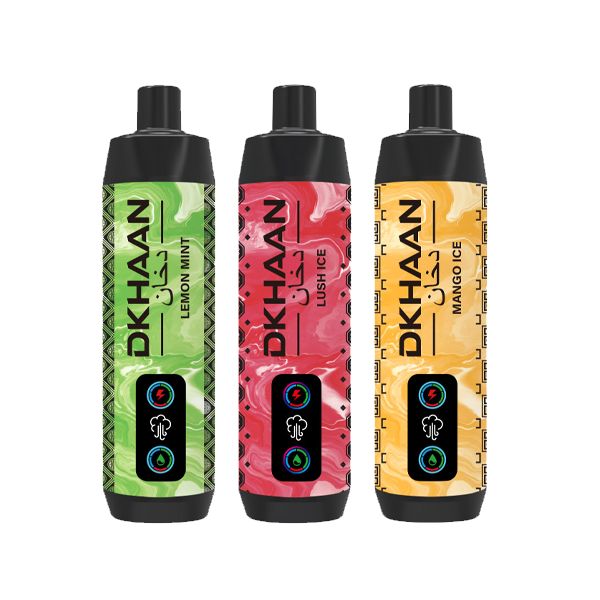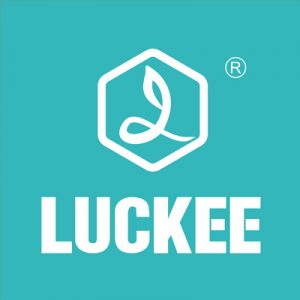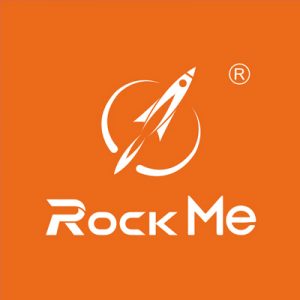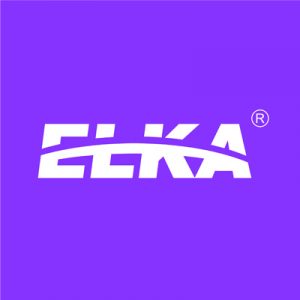Vaping has quickly grown into a widely accepted alternative to traditional cigarette smoking. However, as its popularity continues to rise, so too do regulations and taxation efforts. Since tax policies on vaping products differ significantly from state to state, it’s important to understand the specific rules that apply in your area.
This guide takes an in-depth look at how vaping is taxed across the United States, offering a clear overview to help you navigate the tax and regulatory landscape wherever you live.
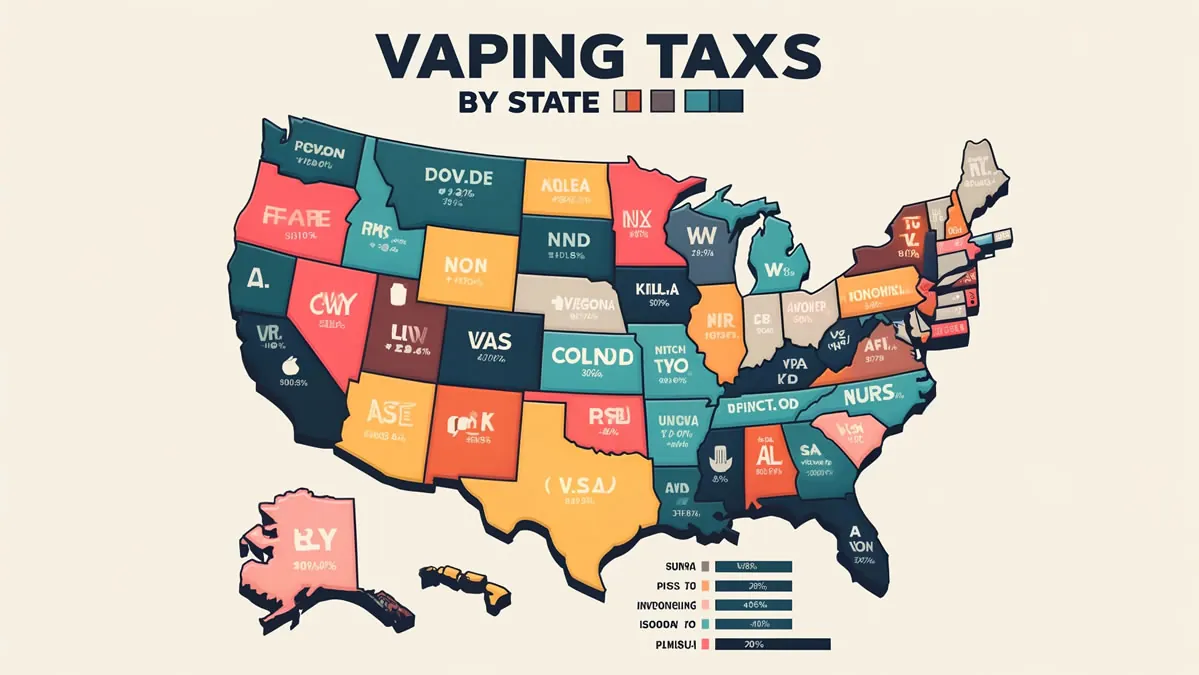
Why Vaping Has Become a Tax Target
With more people switching to vaping, governments have increasingly viewed these products as an opportunity for revenue generation. The logic behind this is simple: many vape users are current or former smokers, and money spent on vaping products is often money not being spent on traditional tobacco. Given that tobacco has long served as a major source of tax revenue, governments are now turning to vaping to help offset financial losses from declining cigarette sales.
Federal Vape Taxes in the U.S.
As of now, vaping products are not subject to federal excise taxes in the United States. However, this could change in the near future. Several proposals have been introduced in Congress to establish federal taxes on e-cigarettes and related products. Although none have yet passed into law, the conversation continues and could lead to future regulation.
The Ongoing Debate: Should Vaping Be Taxed Like Tobacco?
Whether vape products should be taxed in the same way as cigarettes and other tobacco items remains a contentious issue. On one side, governments argue that the transition from smoking to vaping leads to a decline in tobacco tax revenue, which must be compensated. On the other hand, critics question the fairness of taxing a potentially less harmful alternative.
Vaping’s visual and behavioral similarities to smoking, combined with vocal opposition from certain public health groups, have made it an easy target for taxation. Policymakers often justify these taxes by citing public health concerns—though many of these claims remain disputed.
VAPING TAXES BY STATE 2024
In this section, we will take a look at the vaping taxes by state in the United States and provide a detailed breakdown of the regulations and taxes for each state.
Note: The taxes of OPEN and CLOSED vaping products maybe different in some states.
- Open Vape is a type of vaporizer that allows the user to refill the liquid and has more freedom in voltage and nicotine levels..
- Closed Vape is a type of vaporizer that uses pre-filled cartridges or tanks that are not refillable. Closed Vape systems are typically more convenient and easier to use than open systems.
Alabama
As of early 2024, Alabama does not have a statewide vaping tax.
Alaska
Alaska does not impose a statewide vaping tax, but several municipalities have implemented their own taxes:
- Juneau Borough, NW Arctic Borough, and Petersburg Borough: 45% wholesale tax on nicotine-containing products
- Anchorage Borough: 55% wholesale tax on vaping products
- Matanuska-Susitna Borough: 55% wholesale tax on vaping products
Arizona
As of early 2024, Arizona does not have a statewide vaping tax.
Arkansas
As of early 2024, Arkansas does not have a statewide vaping tax.
California
California imposes a two-tiered tax on vaping products:
- Wholesale tax: Set annually by the Board of Equalization, currently 56.32% of the wholesale cost for nicotine-containing products (as of July 1, 2023)
- Example: If a vaping device has a wholesale cost of $100, the wholesale tax would be $56.32.
- Retail tax: 12.5% on all nicotine-containing vaping products, including those purchased online from out-of-state retailers (effective July 1, 2022)
- Example: If a vaping device has a retail price of $200, the retail tax would be $25.
Colorado
Colorado has a graduated tax on nicotine-containing vapor products, including bottled e-liquid:
- 50% of manufacturer’s list price as of 2023, increasing to 56% in 2024 and 62% in 2027
- Example: If a vaping product has a manufacturer’s list price of $100, the tax would be $50 in 2023, $56 in 2024, and $62 in 2027.
- Products with FDA Modified Risk Tobacco Product (MRTP) designation receive a 50% tax reduction
Connecticut
Connecticut has a two-tiered tax on nicotine-containing vape products:
- Closed-system products (pods, cartridges, cigalikes): $0.40 per milliliter of e-liquid
- Example: A pod containing 2 milliliters of e-liquid would have a tax of $0.80.
- Open-system products (bottled e-liquid and devices): 10% wholesale tax
- Example: If a bottled e-liquid has a wholesale price of $50, the tax would be $5.
Delaware
Delaware imposes a $0.05 per milliliter tax on nicotine-containing e-liquid.
- Example: A 30-milliliter bottle of nicotine-containing e-liquid would have a tax of $1.50.
District of Columbia
The District of Columbia classifies vapes as “other tobacco products” and imposes a tax based on the wholesale price, indexed to the wholesale price of cigarettes. The current tax rate is 91% of the wholesale cost for devices and nicotine-containing e-liquid.
- Example: If a vaping device has a wholesale cost of $100, the tax would be $91.
Florida
As of early 2024, Florida does not have a statewide vaping tax.
Georgia
Georgia has a two-tiered tax on vaping products, applying to both nicotine-containing and nicotine-free products:
- Closed-system products (pods, cartridges, cigalikes): $0.05 per milliliter of e-liquid
- Example: A pod containing 2 milliliters of e-liquid would have a tax of $0.10.
- Open-system products (bottled e-liquid and devices): 7% wholesale tax
- Example: If a bottled e-liquid has a wholesale price of $50, the tax would be $3.50.
Hawaii
Hawaii imposes a 70% wholesale tax on all vaping products.
- Example: If a vaping device has a wholesale cost of $100, the tax would be $70.
Idaho
As of early 2024, Idaho does not have a statewide vaping tax.
Illinois
Illinois imposes a 15% wholesale tax on all vaping products, including those with and without nicotine.
- Example: If a vaping device has a wholesale cost of $100, the tax would be $15. Additionally:
- Chicago: $1.50 per unit tax on nicotine-containing products, plus $1.20 per milliliter tax on e-liquid
- Example: A pod containing 2 milliliters of nicotine-containing e-liquid would have a tax of $3.90 ($1.50 per unit + $2.40 per milliliter).
- Cook County: $0.20 per milliliter tax on nicotine-containing products
- Example: A pod containing 2 milliliters of nicotine-containing e-liquid would have a tax of $0.40.
Indiana
Indiana has a 15% retail tax on all vaping product sales, with or without nicotine.
- Example: If a vaping device has a retail price of $100, the tax would be $15.
Iowa
As of early 2024, Iowa does not have a statewide vaping tax.
Kansas
Kansas imposes a $0.05 per milliliter tax on all e-liquid, with or without nicotine.
- Example: A 30-milliliter bottle of e-liquid would have a tax of $1.50.
Kentucky
Kentucky has a two-tiered tax on vaping products, applying to both nicotine-containing and nicotine-free products:
- Bottled e-liquid and open-system devices: 15% wholesale tax
- Example: If a bottled e-liquid has a wholesale price of $50, the tax would be $7.50.
- Prefilled pods and cartridges: $1.50 per unit tax
- Example: A pack of 4 pods would have a tax of $6.
Louisiana
Louisiana imposes a $0.15 per milliliter tax on nicotine-containing e-liquid.
- Example: A 30-milliliter bottle of nicotine-containing e-liquid would have a tax of $4.50.
Maine
Maine has a 43% wholesale tax on all vaping products, with or without nicotine.
- Example: If a vaping device has a wholesale cost of $100, the tax would be $43.
Maryland
Maryland has a two-tiered tax on vaping products:
- Open-system products (including nicotine-containing e-liquid): 6% retail tax
- Example: If a bottled e-liquid has a retail price of $50, the tax would be $3.
- Closed-system products (pods, cartridges, disposables) with nicotine-containing e-liquid under 5 milliliters: 60% tax
- Example: A pod containing 2 milliliters of nicotine-containing e-liquid would have a tax of $1.20 (assuming a wholesale price of $2).
- Montgomery County: Additional 30% wholesale tax on all vaping products, including devices sold without liquid
- Example: If a vaping device has a wholesale cost of $100, the additional tax would be $30.
Massachusetts
Massachusetts imposes a 75% wholesale tax on all vaping products, with or without nicotine.
- Example: If a vaping device has a wholesale cost of $100, the tax would be $75. Consumers must provide proof that their vaping products have been taxed, or they may face seizure and fines of $5,000 for the first offense and $25,000 for subsequent offenses.
Michigan
As of early 2024, Michigan does not have a statewide vaping tax.
Minnesota
Minnesota imposes a 95% wholesale tax on finished vaping products containing nicotine (cigalikes, pod vapes, bottled e-liquid) transported from out of state. For bottled e-liquid produced in Minnesota, only the nicotine itself is taxed.
- Example: If a vaping device has a wholesale cost of $100 and is transported from out of state, the tax would be $95.
Mississippi
As of early 2024, Mississippi does not have a statewide vaping tax.
Missouri
As of early 2024, Missouri does not have a statewide vaping tax.
Montana
As of early 2024, Montana does not have a statewide vaping tax.
Nebraska
Nebraska has a two-tiered tax on nicotine-containing vaping products:
- Products containing less than 3 milliliters of e-liquid: $0.05 per milliliter
- Example: A pod containing 2 milliliters of nicotine-containing e-liquid would have a tax of $0.10.
- Products containing 3 milliliters or more: 10% wholesale tax
- Example: If a bottled e-liquid has a wholesale price of $50, the tax would be $5.
- Omaha: Additional 3% tobacco tax on vaping products
- Example: If a vaping device has a retail price of $100, the additional tax would be $3.
Nevada
Nevada imposes a 30% wholesale tax on all vapor products, with or without nicotine.
- Example: If a vaping device has a wholesale cost of $100, the tax would be $30.
New Hampshire
New Hampshire has a two-tiered tax on vaping products:
- Open-system products (including nicotine-containing e-liquid): 8% wholesale tax
- Example: If a bottled e-liquid has a wholesale price of $50, the tax would be $4.
- Closed-system products (pods, cartridges, cigalikes): $0.30 per milliliter
- Example: A pod containing 2 milliliters of e-liquid would have a tax of $0.60.
New Jersey
New Jersey has a multi-tiered tax on nicotine-containing vaping products:
- Pod and cartridge-based products: $0.10 per milliliter of e-liquid
- Example: A pod containing 2 milliliters of nicotine-containing e-liquid would have a tax of $0.20.
- Bottled e-liquid: 10% of retail price
- Example: If a bottled e-liquid has a retail price of $50, the tax would be $5.
- Devices: 30% wholesale tax
- Example: If a vaping device has a wholesale cost of $100, the tax would be $30.
New Mexico
New Mexico has a two-tiered tax on vaping products, applying to both nicotine-containing and nicotine-free products:
- Bottled e-liquid: 12.5% wholesale tax
- Example: If a bottled e-liquid has a wholesale price of $50, the tax would be $6.25.
- Pods, cartridges, and cigalikes with a capacity under 5 milliliters: $0.50 per unit
- Example: A pack of 4 pods would have a tax of $2.
New York
New York imposes a 20% retail tax on all vapor products, with or without nicotine.
- Example: If a vaping device has a retail price of $100, the tax would be $20.
North Carolina
North Carolina has a $0.05 per milliliter tax on nicotine-containing e-liquid.
- Example: A 30-milliliter bottle of nicotine-containing e-liquid would have a tax of $1.50.
North Dakota
As of early 2024, North Dakota does not have a statewide vaping tax.
Ohio
Ohio imposes a $0.10 per milliliter tax on nicotine-containing e-liquid.
- Example: A 30-milliliter bottle of nicotine-containing e-liquid would have a tax of $3.
Oklahoma
As of early 2024, Oklahoma does not have a statewide vaping tax.
Oregon
Oregon has a 65% wholesale tax on all non-cannabis “inhalant delivery systems,” including hardware and e-liquid, with or without nicotine. The tax also applies to heated tobacco products (HTPs) like IQOS but exempts vaping products sold in licensed cannabis dispensaries.
- Example: If a vaping device has a wholesale cost of $100, the tax would be $65.
Pennsylvania
Pennsylvania imposes a 40% wholesale tax on e-liquid and devices sold with e-liquid included, with or without nicotine.
- Example: If a vaping device with included e-liquid has a wholesale cost of $100, the tax would be $40.
Puerto Rico
Puerto Rico has a two-tiered tax on vaping products:
- E-liquid: $0.05 per milliliter tax
- Example: A 30-milliliter bottle of e-liquid would have a tax of $1.50.
- E-cigarettes: $3.00 per unit tax
- Example: A single disposable e-cigarette would have a tax of $3.
Rhode Island
(2025 Updated)Disposable vape products will be subject to a tax of 50 cents per milliliter of liquid, while refillable e-cigarettes will face a 10% tax on their wholesale price.
South Carolina
As of early 2024, South Carolina does not have a statewide vaping tax.
South Dakota
As of early 2024, South Dakota does not have a statewide vaping tax.
Tennessee
As of early 2024, Tennessee does not have a statewide vaping tax.
Texas
As of early 2024, Texas does not have a statewide vaping tax.
Utah
Utah imposes a 56% wholesale tax on e-liquid and prefilled devices, with or without nicotine.
- Example: If a vaping device has a wholesale cost of $100, the tax would be $56.
Vermont
Vermont has a 92% wholesale tax on e-liquid and devices, with or without nicotine, which is the highest tax imposed by any state.
- Example: If a vaping device has a wholesale cost of $100, the tax would be $92.
Virginia
Virginia imposes a $0.066 per milliliter tax on nicotine-containing e-liquid.
- Example: A 30-milliliter bottle of nicotine-containing e-liquid would have a tax of $1.98.
Washington
Washington has a two-tiered tax on vaping products, applying to both nicotine-containing and nicotine-free products:
- E-liquid in pods and cartridges smaller than 5 milliliters: $0.27 per milliliter
- Example: A pod containing 2 milliliters of e-liquid would have a tax of $0.54.
- E-liquid in containers larger than 5 milliliters: $0.09 per milliliter
- Example: A 30-milliliter bottle of e-liquid would have a tax of $2.70.
West Virginia
West Virginia imposes a $0.075 per milliliter tax on all e-liquid, with or without nicotine.
- Example: A 30-milliliter bottle of e-liquid would have a tax of $2.25.
Wisconsin
Wisconsin has a $0.05 per milliliter tax on e-liquid in closed-system products (pods, cartridges, cigalikes) only, applying to both nicotine-containing and nicotine-free products.
- Example: A pod containing 2 milliliters of e-liquid would have a tax of $0.10.
Wyoming
Wyoming imposes a 15% wholesale tax on all vapor devices and nicotine-containing e-liquid.
- Example: If a vaping device has a wholesale cost of $100, the tax would be $15.
Get a lite table version of the Vaping Tax by State below:
| State/Territory | Tax Rate | Notes |
|---|---|---|
| Alabama | None | – |
| Alaska | 55% | Only in certain boroughs |
| Arizona | None | – |
| Arkansas | None | – |
| California | 56.32% of Wholesale + 12.5% of Retail | Wholesale tax adjusted annually |
| Colorado | 50% of manufacturing price | Tax rate increases yearly |
| Connecticut | 10% of wholesale (open); $0.40/mL (closed) | Two-tiered tax system |
| Delaware | $0.05/ml | – |
| District of Columbia | 79% of wholesale | Indexed to cigarette prices |
| Florida | None | – |
| Georgia | 7% wholesale (open); $0.05/mL (closed) | Includes nicotine-free products |
| Hawaii | 70% wholesale | – |
| Idaho | None | – |
| Illinois | 15% wholesale | Additional taxes in Chicago and Cook County |
| Indiana | 15% retail (open); 15% wholesales (closed) | Includes nicotine-free products |
| Iowa | None | – |
| Kansas | $0.05/ml | Includes nicotine-free products |
| Kentucky | 15% wholesale (open); $1.50/cartridge (closed) | Includes nicotine-free products |
| Louisiana | $0.15/ml | – |
| Maine | 43% | Includes nicotine-free products |
| Maryland | 12% retail (open); 60% retail (closed) | Additional tax in Montgomery County |
| Massachusetts | 75% of wholesale | Includes nicotine-free products, strict penalties |
| Michigan | None | – |
| Minnesota | 95% of wholesale | Only nicotine taxed for in-state produced e-liquid |
| Mississippi | None | – |
| Missouri | None | – |
| Montana | None | – |
| Nebraska | $$0.05/mL (≤3 mL); 10% retail (>3 mL) | Additional tax in Omaha |
| Nevada | 3030% of wholesale | Includes nicotine-free products |
| New Hampshire | 8% wholesale (open); $0.30/mL (closed) | – |
| New Jersey | $0.10/mL (open); 10% retail (closed) | Three-tiered tax system |
| New Mexico | 12.5% wholesale (open); $0.50/cartridge | Includes nicotine-free products |
| New York | 20% retail | Includes nicotine-free products |
| North Carolina | $0.05/mL | – |
| North Dakota | None | – |
| Ohio | $0.10/ml | – |
| Oklahoma | None | – |
| Oregon | 65% of wholesale | Includes heated tobacco products, excludes cannabis |
| Pennsylvania | 40% of wholesale | Taxes devices sold with e-liquid |
| Puerto Rico | $0.05/ml + $3.00/unit | – |
| Rhode Island | 50 cents per ml liquid for disposable device 10% wholesale for refillable device |
take effects in 1/1/2025 |
| South Carolina | None | – |
| South Dakota | None | – |
| Tennessee | None | – |
| Texas | None | – |
| Utah | 56% of wholesale | Includes nicotine-free products |
| Vermont | 92% of wholesalev | Highest tax rate in the U.S. |
| Virginia | $0.066/ml | – |
| Washington | $0.09/mL (open); $0.27/mL (closed) | Includes nicotine-free products |
| West Virginia | $0.075/ml | Includes nicotine-free products |
| Wisconsin | $0.05/ml | Includes nicotine-free products |
| Wyoming | 15% of wholesale | Only nicotine-containing products |
States with the Highest and Lowest Vape Tax Rates
Determining how much tax applies to vaping products can be complicated, as U.S. states use a variety of approaches—some tax by the milliliter, while others calculate taxes based on a percentage of wholesale price.
Minnesota currently enforces the highest percentage-based vape tax, applying a 95% tax on the wholesale price of vaping products. In contrast, Kentucky has one of the highest per-unit tax rates, charging $1.50 per closed-system vaping device.
Meanwhile, several states have chosen not to implement any special excise tax on vaping products. Among those that do, New Hampshire stands out for having one of the lowest percentage-based taxes, at just 8% of the wholesale cost for open-system products. Similarly, Delaware, Kansas, Louisiana, North Carolina, and Wisconsin apply minimal per milliliter taxes, set at only $0.05 per mL.
Why Do Governments Tax Vape Products?
There are several reasons governments apply taxes to vaping and e-cigarette products:
-
Revenue generation: Like other excise taxes, vape taxes are a way for governments to raise money.
-
Behavioral influence: By increasing the cost, taxes may deter consumption or encourage users to quit.
-
Offsetting societal costs: Taxes help recover public expenses associated with product use, such as healthcare and infrastructure.
These taxes often mirror those placed on alcohol or fuel. For example, alcohol taxes aim to curb excessive drinking, while gasoline taxes help pay for road upkeep.
Tobacco has historically been one of the most heavily taxed consumer products. Supporters of these taxes argue that smokers should help cover the medical and social costs caused by tobacco use. For this reason, such levies are often referred to as “sin taxes,” intended to both discourage consumption and reduce public harm.
However, this system creates a dilemma: as smoking rates fall—thanks in part to public health success—governments may face declining revenue from tobacco taxes. To compensate, they might look to alternative taxable goods, such as vaping products, or may need to scale back public spending.
Where Does Vape Tax Revenue Go?
The use of vaping tax revenue varies by state and local government. In some jurisdictions, a portion of the funds is allocated to:
-
Smoking cessation programs
-
Public health campaigns
-
Medical care for tobacco-related illnesses
In many cases, however, the money simply flows into the general state budget, where it supports a range of government initiatives—from education and infrastructure to social services—based on the discretion of lawmakers.
Read More: The Logistics Nightmare: Shipping Delays for Cross-border disposable Vape pen Orders

